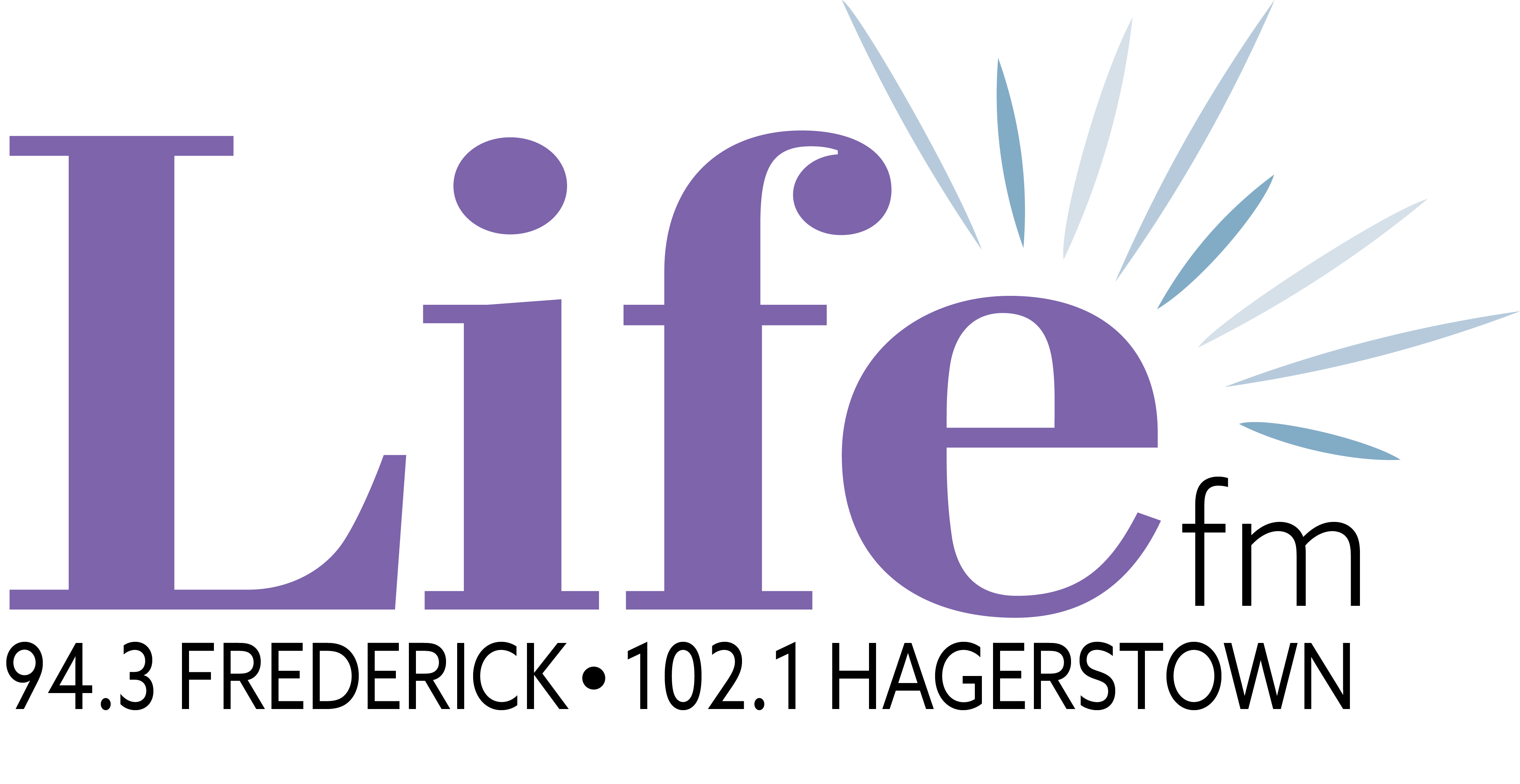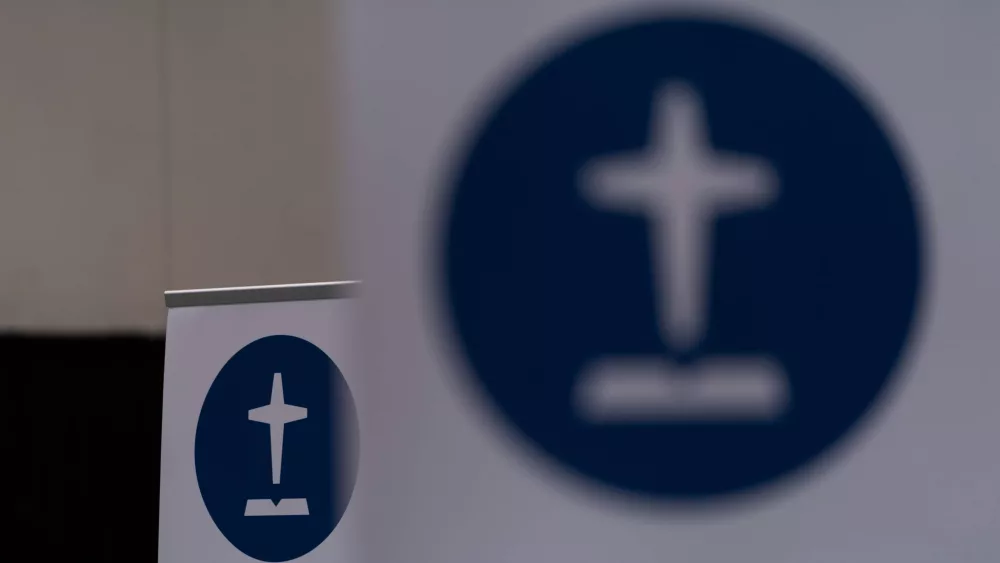
Even when they strain credulity, they can challenge our assumptions about popular piety and the limits of the possible.
On May 17, the Roman Catholic commission responsible for correcting errors in church teaching issued a guidance document with “Norms for Proceeding in the Discernment of Alleged Supernatural Phenomena.” While remaining open to genuine manifestations of the Holy Spirit, it addressed “serious critical issues that are detrimental to the faithful. … When considering such events, one should not overlook, for example, the possibility of doctrinal errors, an oversimplification of the Gospel message, or the spread of a sectarian mentality.”
The persistence of miracles within Catholicism distinguishes it from other Christian traditions. Belief in miracles represents not simply a concession to popular piety but a fundamentally different teaching about the work of the Holy Spirit and the response of the church.
Such things may seem baffling to most Protestants; in the commission’s words, they (and other doubters) would prefer to frame these phenomena as “believers being misled by an event that is attributed to a divine initiative but is merely the product of someone ’s imagination, desire for novelty, tendency to fabricate falsehoods (mythomania), or inclination toward lying.”
Rather than dismiss these claims outright, the Catholic church has established processes (like the May guidance) for adjudicating them. But this is just a refinement to a tradition of engaging with the supernatural that dates back centuries. And that history is the subject of a new book, Carlos Eire’s They Flew: A History of the Impossible.
Eire, a professor of history and religious studies at Yale University, examines how this process worked in the centuries following the Reformation. He focuses not on …

